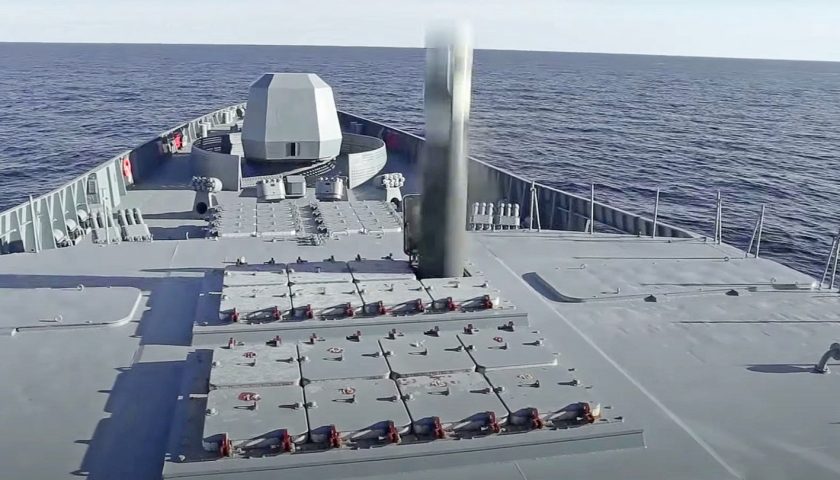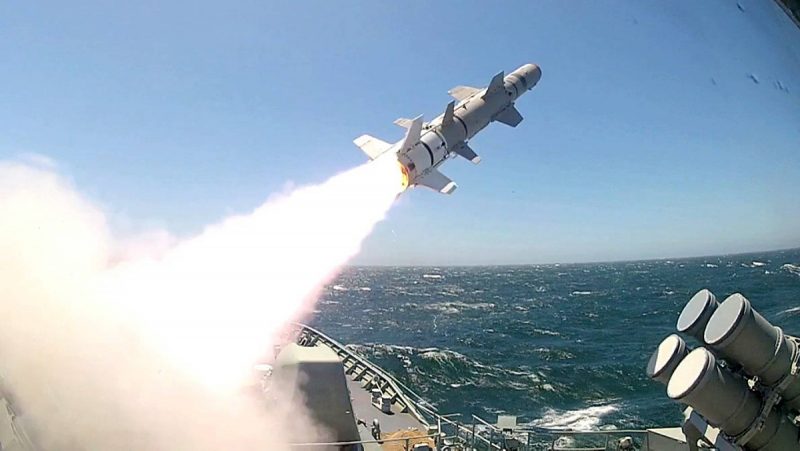Entered into service in 1977, the AGM-184 Harpoon anti-ship missile was produced in more than 7500 units by MacDonnel Douglas and then Boeing Defense, and used by more than thirty navies and air forces around the world, never yielding in this field than the famous missiles of the Exocet family designed by NordAviation/Aerospatiale and entered into service in 1975. These two missiles not only shared similar performances and flight profiles, they also have in common an extraordinary longevity, since both the American and French missile continue to be produced and exported almost 50 years after their entry into service. However, for both of them, even if the performance of the modern Harpoon Block II+ ER and Exocet MM40 Block IIIc versions has little to do with the first AGM-184 and MM-38, they are beginning to be vulnerable to modern anti-missile defences, whether due to short- and medium-range anti-missile missiles, CIWS close protection systems or advances in the field of jamming and decoys.
These two missiles initially offered significant added value due to their flight trajectory skimming the waves at high subsonic speed (between 850 and 900 km/h), leaving only a few tens of seconds for the target to detect, engage and attempt to destroy or decoy the missile. With progress in combat systems, detection systems and on-board weapons, this timeframe is now largely sufficient to respond to such a threat for a modern ship (this was not the case with the Moskva), effectively reducing the potential missile effectiveness. To answer it, the France and Britain set out to develop a new anti-ship missile supersonic retaining the attributes of the Exocet and its skimming flight, but whose stealth profile, supersonic speed and final pop-up trajectory will reduce the response time to less than 5 seconds for the targeted ship. The United States, for their part, have apparently decided to turn to another approach, that chosen by Russia and China, namely the hypersonic missile.

Indeed, within the framework of the preparation of the 2023 budget of the Pentagon, appeared a new program designated Offensive Anti-Surface Warfare Weapon (OASuW) and baptized HALO, aimed at designing the hypersonic replacement for the Harpoon missile. The US Navy is indeed requesting funding of $92m in 2023 to start work on this program, after it was refused funding of $56m in 2022 for the same project. The objective is to enable the development of an anti-ship missile capable of evolving in a highly contested environment, on the high seas as well as in the littoral zone, and to thwart existing and future anti-missile defenses. The development phase will extend until 2027, which suggests that the new missile will not enter service before the next decade. let's remember that the Russian 3M22 Tzirkon anti-ship missile is due to enter service at the end of this year aboard the frigate Admiral Golovko.

75% of this article remains to read,
Subscribe to access it!
The Classic subscriptions provide access to
articles in their full version, and without advertising,
from 6,90 €.
Newsletter subscription
Register for the Meta-Defense Newsletter to receive the
latest fashion articles daily or weekly


[…] […]